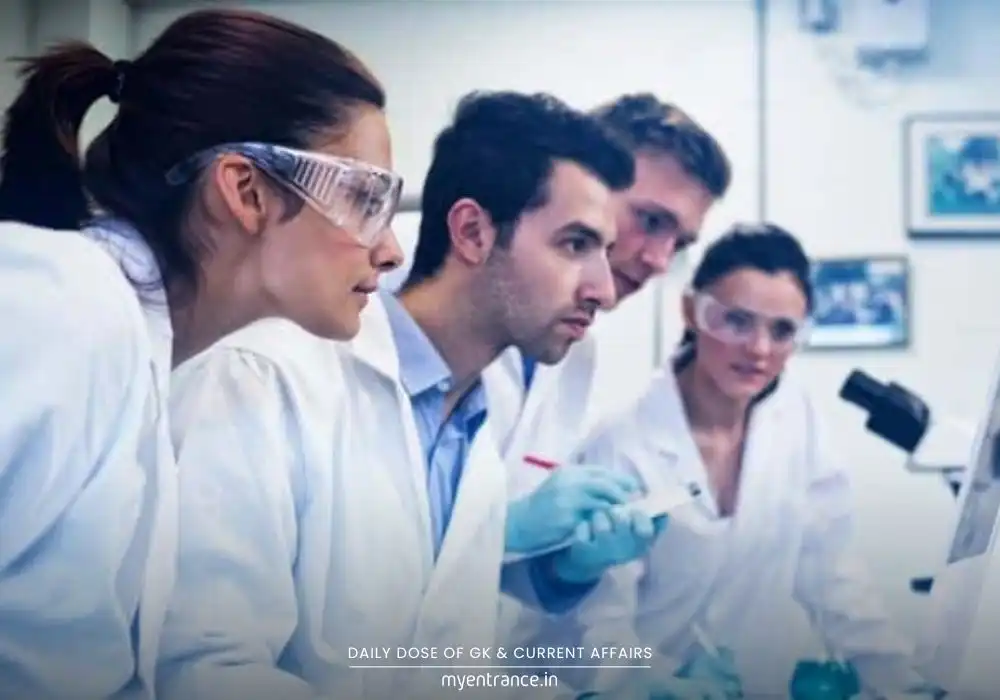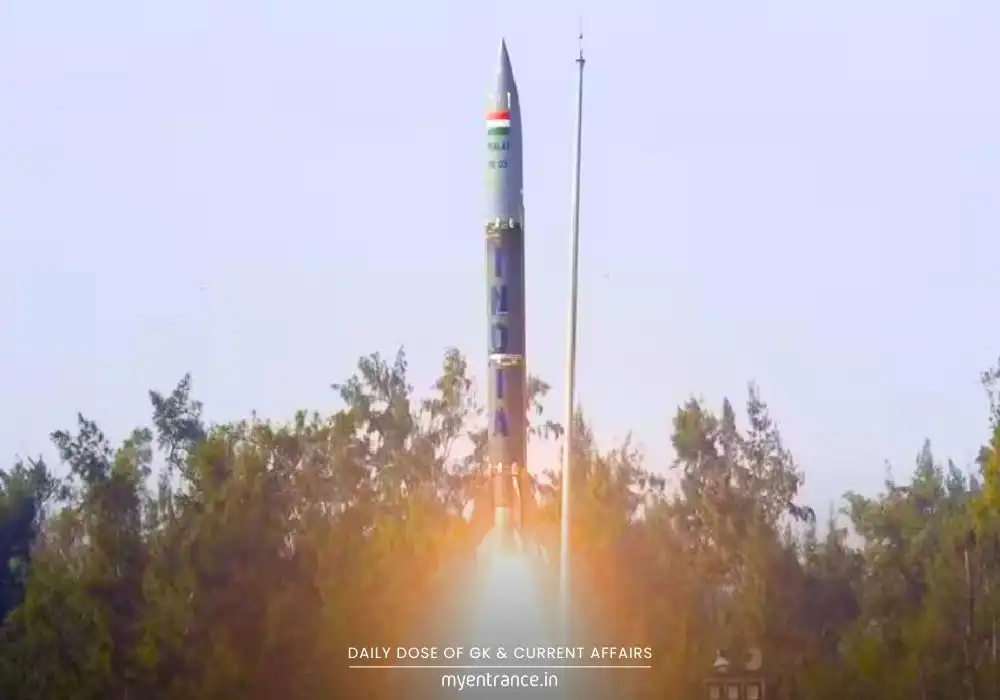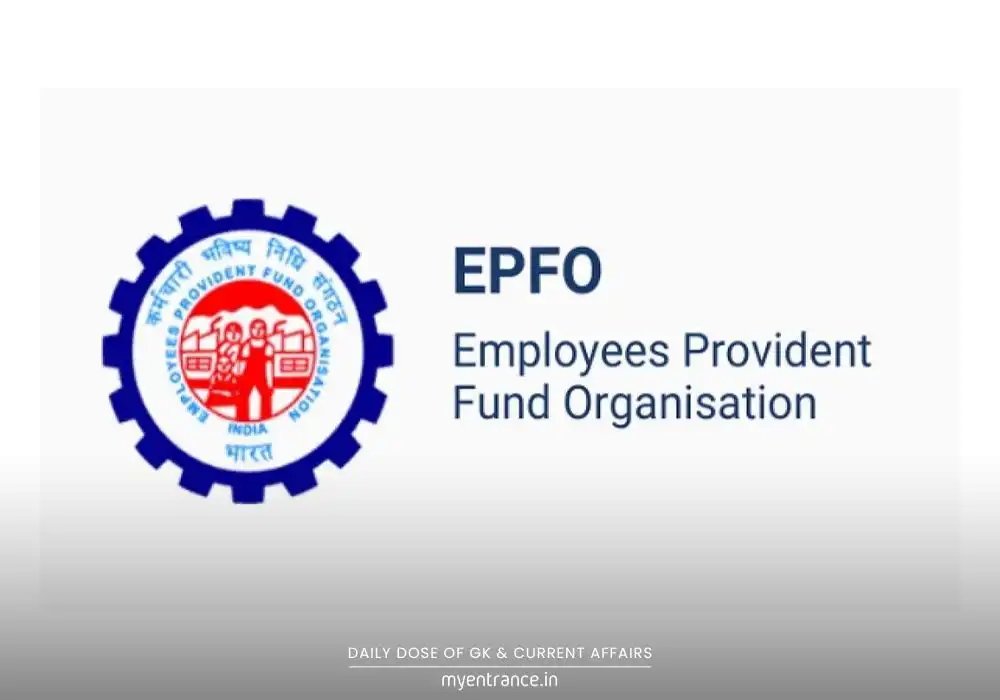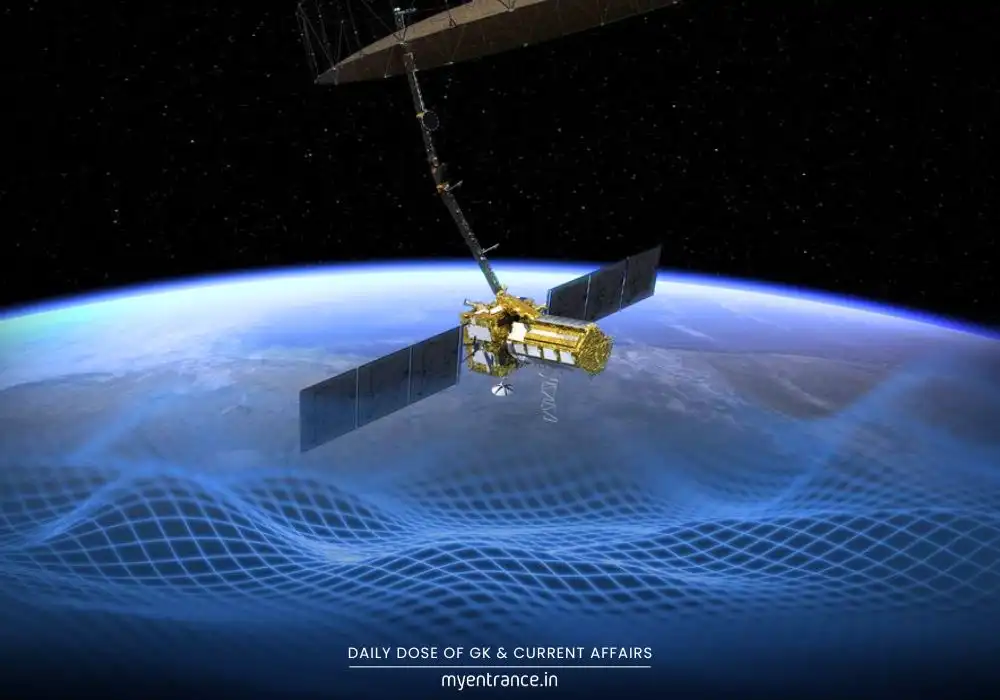Select Language
How Is NASA’s SPHEREx Mission Revolutionizing Our View of the Universe?
The universe holds countless mysteries, and NASA’s SPHEREx mission is on a quest to uncover them. Launched in March 2025, this revolutionary space telescope is creating the most detailed all-sky map ever, capturing cosmic objects in 102 infrared wavelengths. Unlike previous missions, SPHEREx will provide scientists with an unparalleled view of the universe, helping decode dark matter, star formation, and even the origins of life.
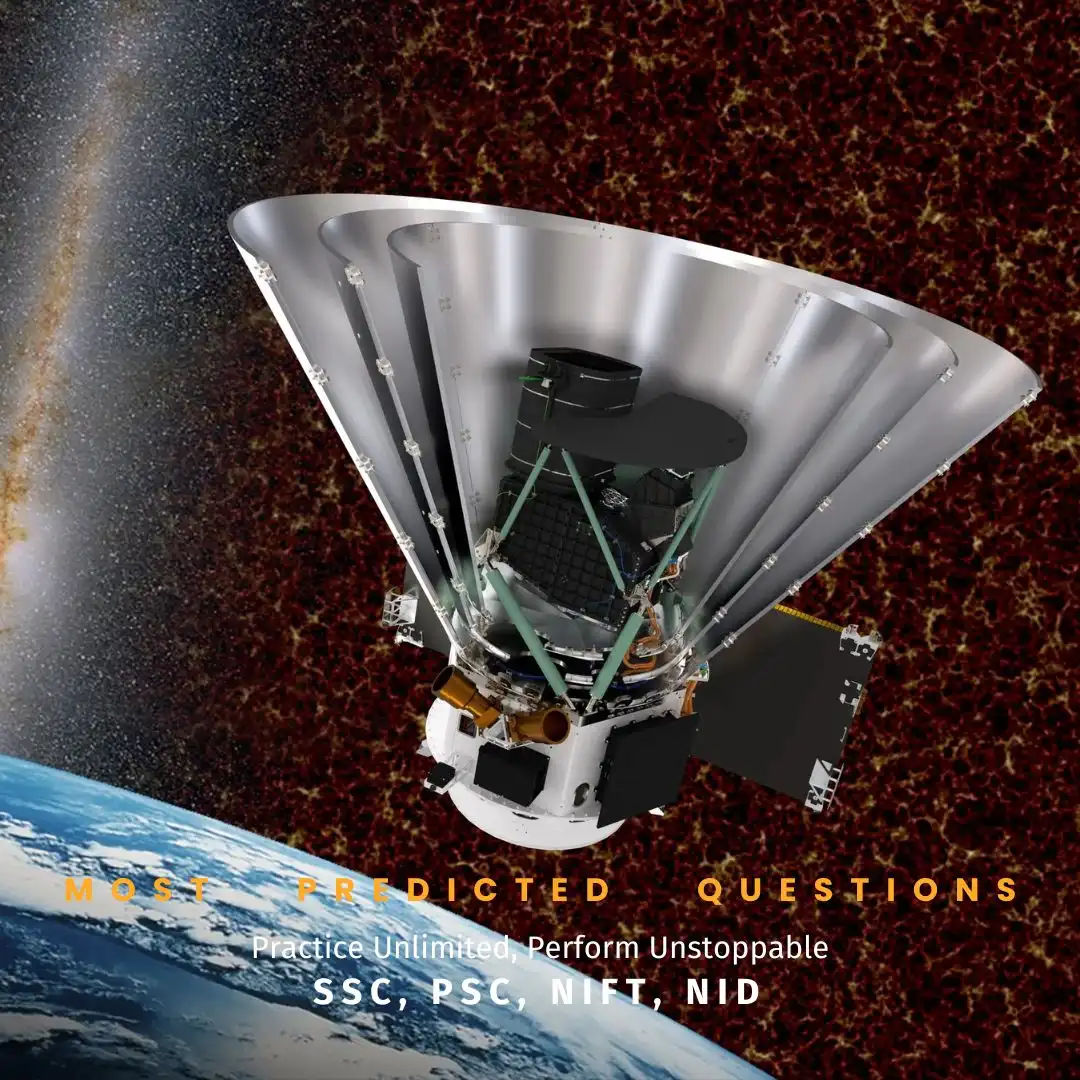
Why Is SPHEREx Important for Astronomy and Competitive Exams?
For students preparing for SSC, PSC, or design entrance exams like NID, NIFT, and FDDI, understanding cutting-edge scientific missions like SPHEREx is crucial. Here’s why:
Enhances general science knowledge, often tested in competitive exams.
Improves awareness of space technology, a common topic in current affairs.
Helps in analytical reasoning by understanding spectroscopy and cosmic mapping techniques.
Relevant for design aspirants—space missions inspire innovation in fields like industrial and communication design.
Key Features of NASA’s SPHEREx Mission
1. The Most Detailed Cosmic Map Ever
Previous missions like WISE (Wide-field Infrared Survey Explorer) mapped the sky in just four infrared wavelengths. SPHEREx, however, will scan the universe in 102 wavelengths, allowing scientists to detect:
Frozen water and organic molecules (key ingredients for life).
The distribution of dark matter and galaxy formation patterns.
The chemical composition of interstellar dust and gases.
As Rachel Akeson, lead scientist for SPHEREx’s data center, explains:
“Because we’re looking at everything in the whole sky, almost every area of astronomy can be addressed by SPHEREx data.”
2. Spectroscopy: Decoding the Universe’s Secrets
SPHEREx uses spectroscopy—a technique that breaks light into different wavelengths to study an object’s composition. This helps in:
Identifying molecules crucial for life (like water and carbon-based compounds).
Tracking how galaxies and stars formed billions of years ago.
Understanding the role of dark energy in the universe’s expansion.
3. Open Data for Global Scientific Collaboration
In a landmark move, NASA will release SPHEREx’s data publicly within 60 days of collection. This means:
Astronomers worldwide can access and analyze findings.
Faster discoveries in astrophysics, cosmology, and planetary science.
More research opportunities for students and scientists.
4. Complementing Other Major Space Missions
SPHEREx’s findings will work alongside data from:
James Webb Space Telescope (JWST) – For deep-space observations.
Euclid Mission (ESA) – Studying dark matter and dark energy.
TESS (Transiting Exoplanet Survey Satellite) – Identifying habitable exoplanets.
By cross-referencing data, scientists can refine theories on cosmic evolution.
5. A Time-Lapse of the Universe
Over its two-year mission, SPHEREx will produce four all-sky maps, allowing astronomers to track cosmic changes over time. Early images (April 2025) have already detected interstellar dust clouds—something optical telescopes couldn’t see.
Sample Questions & Answers for Competitive Exams
Q1: What is the primary goal of NASA’s SPHEREx mission?
A: To create an all-sky map of the universe in 102 infrared wavelengths, studying cosmic objects, dark matter, and the origins of life.
Q2: How is SPHEREx different from the WISE mission?
A: WISE mapped the sky in 4 infrared wavelengths, while SPHEREx uses 102 wavelengths for far greater detail.
Q3: What role does spectroscopy play in SPHEREx’s mission?
A: It analyzes light to determine the composition of cosmic objects, detecting water, organic molecules, and interstellar gases.
Q4: Why is NASA making SPHEREx’s data publicly available?
A: To accelerate global scientific research and collaboration by allowing astronomers worldwide to access and study the findings.
Q5: How will SPHEREx assist the James Webb Space Telescope?
A: By identifying interesting cosmic targets for JWST to study in higher resolution.
Get 3 Months Free Access for SSC, PSC, NIFT & NID
Boost your exam prep!
Use offer code WELCOME28 to get 3 months free subscription. Start preparing today!







